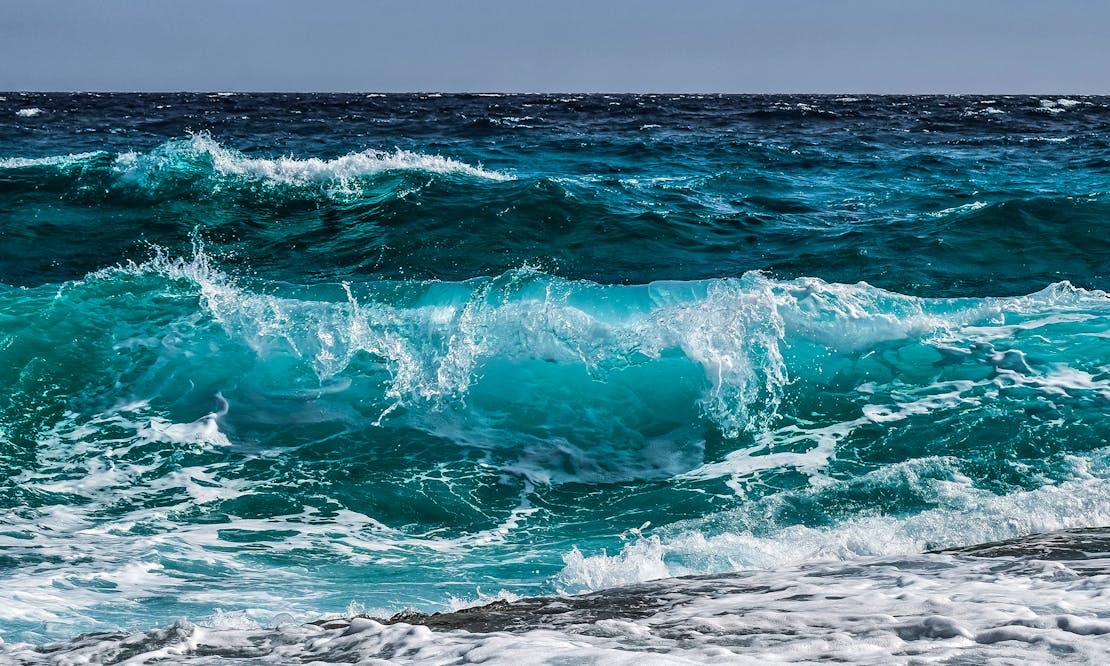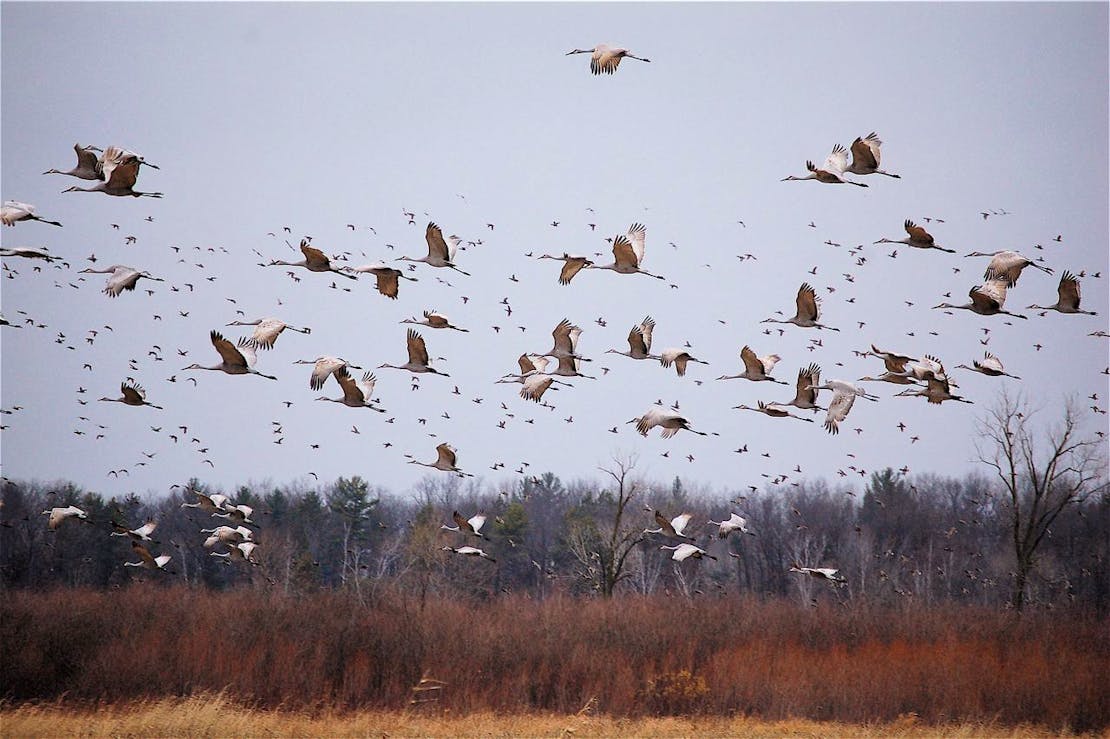The Earth and its inhabitants—both human and non-human—depend on a livable climate. Climate change is already having major impacts on wildlife and their habitats, and these impacts are projected to significantly worsen. Unless we immediately act to reduce emissions and help wildlife and ecosystems adapt to the warming already in the pipeline, up to 60 percent of the world’s species may go extinct.
Plants remove carbon dioxide from the atmosphere, but the associated animals help maintain plant productivity, diversity, and resilience through pollination, seed dispersal, selective herbivory, pest control, and the enhancement of soil nutrient supply and organic carbon storage. Studies have shown that many wild animals, such as bison, prairie dogs, and wolves, exert outsized control of carbon sequestration by adding 15–250 percent more carbon in plants, soils and sediments compared to where they are absent.
Plants and animals help balance levels of greenhouse gases that heat the Earth. With the help of wildlife, ecosystems can drive the fight against climate change.
How does climate change impact wildlife?
A Defenders of Wildlife study published in the journal Biological Conservation found that all but one animal species (Oceanic Whitetip Shark) listed as threatened under the Endangered Species Act are sensitive to the effects of climate change. Defenders found similar results for endangered species.
Climate change impacts animals in the wild in numerous ways. It can also amplify the effects of other stressors like land development and invasive species, dimming the prospects of native wildlife.
1. Changing Ecosystems: Impact of Rising Temperatures on Ocean Nutrients
Throughout the world, ecosystems are impacted by changes in temperature, weather, sea level and season duration, as is the wildlife that calls these places home.
For example, rising ocean temperatures in warmer areas restrict the circulation of deep-sea nutrients that feed the phytoplankton, a microscopic marine organism responsible for half of all primary production. According to the U.S. Geological Survey, this means that these creatures, which are essential pieces of the aquatic food chain, are unable to sustainably multiply.
Conversely in colder waters, according to the USGS, rising temperatures are fostering higher populations of these microorganisms because there is less ice to obstruct sunlight.
Habitats are shrinking or disappearing completely, which is forcing plants and animals to live in an imbalanced state. Learn more in the next section.
2. Shrinking Habitats
One such animal impacted by decreasing habitat is the salmon in North America.
Salmon are intolerant to water temperatures greater than 65 degrees and require constant flows to reproduce. However, consistent warming temperatures and reduction in water flow are forcing the fish out of historical ranges throughout the West Coast.
Chinook salmon have notably been hit hard by the effects of climate change. In recent years, the winter-run Chinook salmon that travel the Sacramento River to spawn were unable to successfully reproduce due to high water temperatures. One year, about 95 percent of Chinook eggs and newly hatched salmon were killed by warmed waters. For two years in a row, temperatures of the Sacramento River cooked fish eggs.
These events force salmon to take refuge in any nearby cooler waters, which are usually habitats less likely to sustain historical population numbers. Changes in habitat like the Sacramento River often invite invasive species with far-reaching negative impacts.
3. Animal Health
As changes in weather and temperature alter geographic regions, wildlife may seek out agreeable habitats. This means that invasive species suited to changes in extreme climate may get a foothold in an ecosystem where at-risk native species are unable to hold their place.
With them, nonnative species may bring diseases that native plants and animals are ill-equipped to combat. This reduces biodiversity and adds an additional level of competition for resources in habitats impacted by climate change.
While some have the ability to traverse to new regions, some are deeply tied to their native ecosystem. In these cases, animals are forced to adapt to unknown seasonal changes, or they won’t survive.
4. Phenological Mismatch
Phenology is the study of the relationship between climate and periodic biological phenomena (annual flowers, animal coat changes, etc.). A phenological mismatch is when interacting species change the timing of regularly repeated phases in their life cycles at different rates.
Our changing climate is altering the timing (“phenology”) of seasonal events like snowmelt, plant emergence, flowering and food availability. Phenology is the study of the relationship between climate and periodic biological phenomena (annual flowers, animal coat changes, etc.).
For example, the snowshoe hare turns white during the winter to camouflage in the snow. Researchers have found snowshoe hares are still undergoing season color molts as their habitats experience less snowy conditions. Their white fur against the darker coloration of the forest floor increases their exposure to predators.
5. Migration Shifts
Warming temperatures are changing where birds live and when. Birds migrating through North America are traveling at different times and are being found in more northern regions than previously recorded.
Migration is usually matched with nesting and resource availability in the area. As climate change alters ecosystems, however, migratory birds are arriving in locations where seasonal food supplies have already run out.
What you can do to help stop climate change
Wildlife species around the world are adapting the way they migrate, hunt, and survive to fast-paced climate shifts. Defenders of Wildlife works to combat climate change by being a voice for wildlife and advocating for the best available science to protect native species and habitat from direct threats.
While animals are increasingly at-risk of extinction due to climate change, there is action you can take.
People can help stop the impacts of climate change on wildlife by supporting policies that encourage a diversity of species and donating toward wildlife recovery. Donations made to Defenders support our legal work fighting for wildlife as well as the numerous community projects implemented by field experts that support coexistence work.








